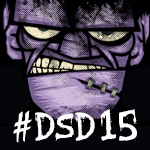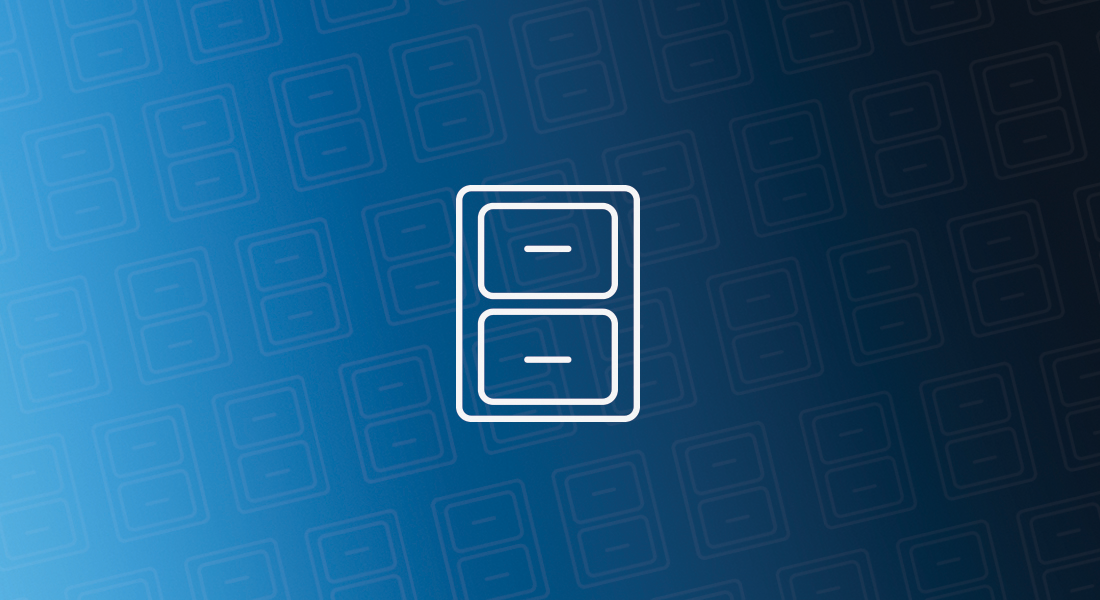Blend, cleanse and prepare data for analytics, reporting or data modernization efforts

Is your LASR implementation running short on memory? Since LASR tables are stored in memory, it can become scarce. So what can we do to minimize LASR table size and still get LASR’s legendary performance? Here are a few strategies on how to shrink LASR tables: Compression: When compression was



































